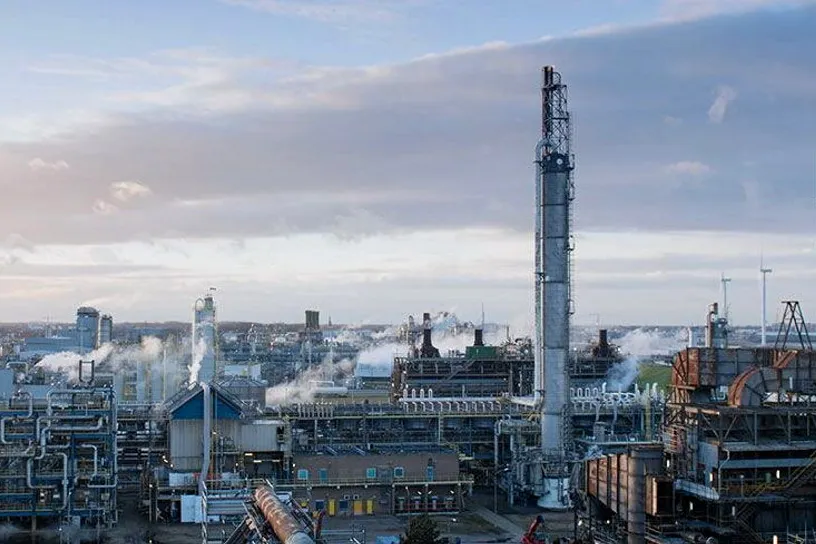OCI inks one of the largest green hydrogen offtake deals in US to produce ammonia for exports to Europe and local use
Chemicals and fertiliser giant plans to produce 160,000 tonnes a year of NH3 by 2026, as it aims to leverage generous subsidies on both sides of the Atlantic
